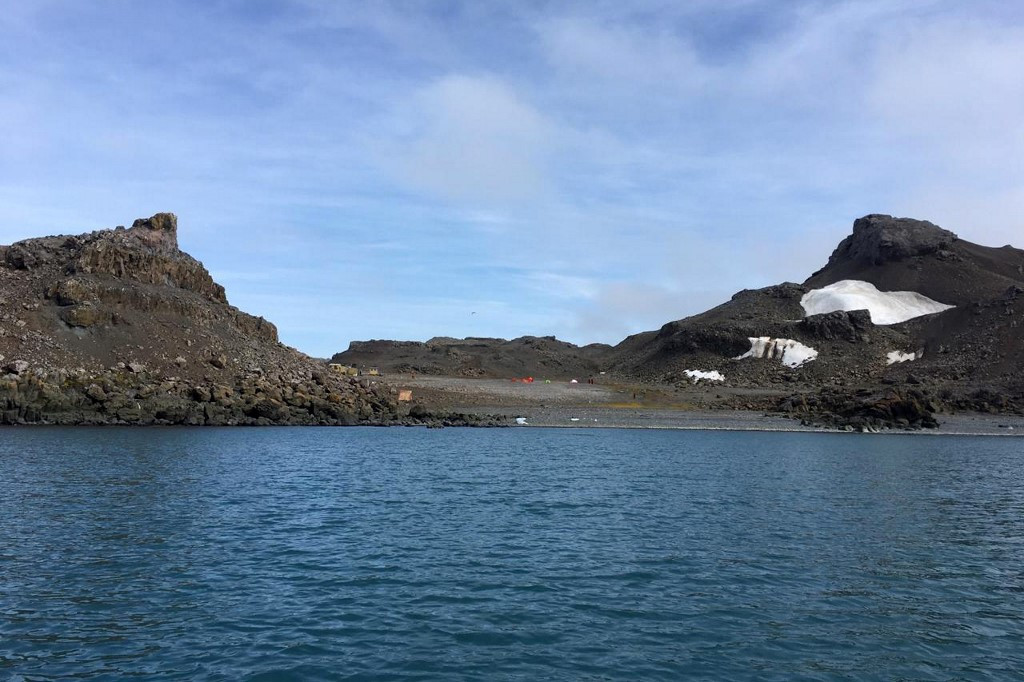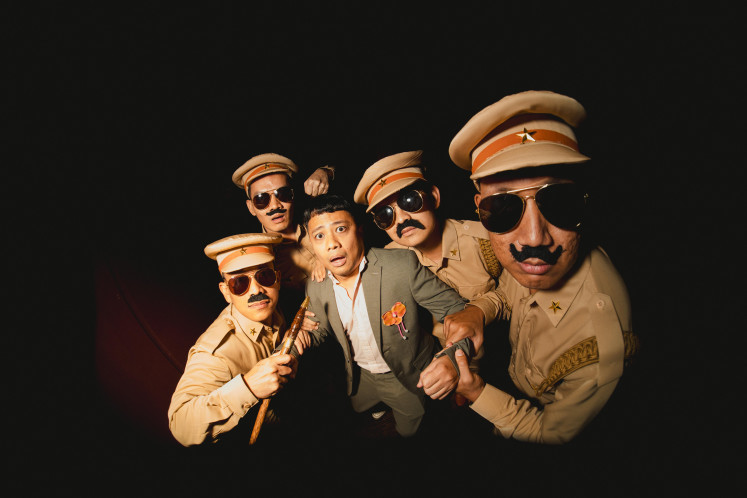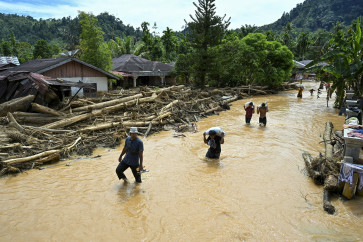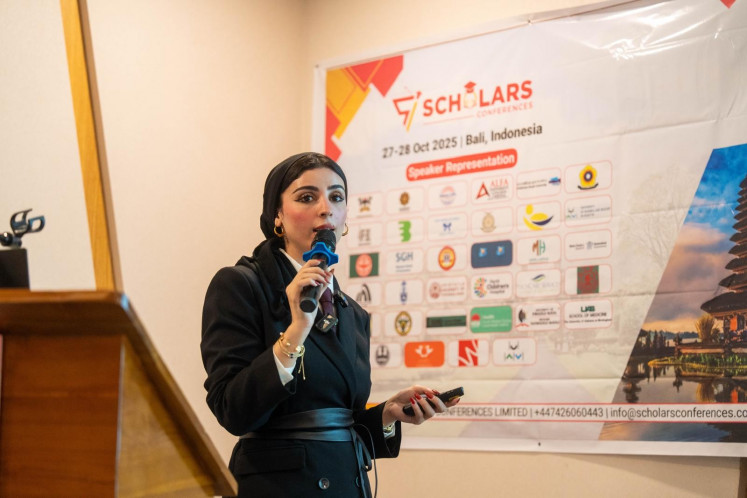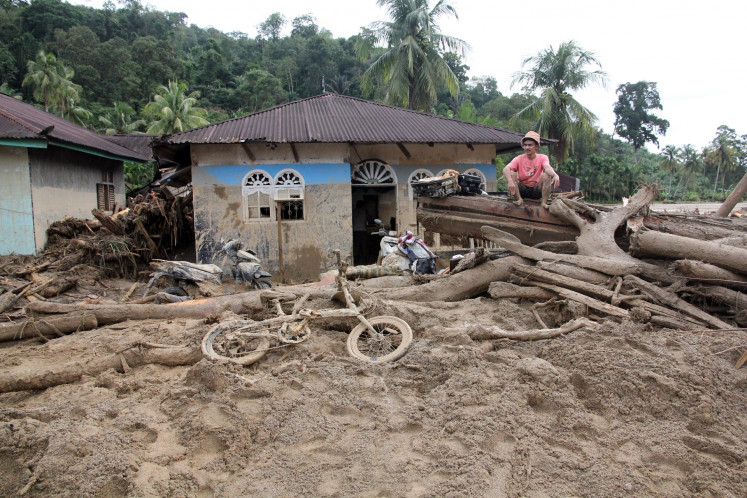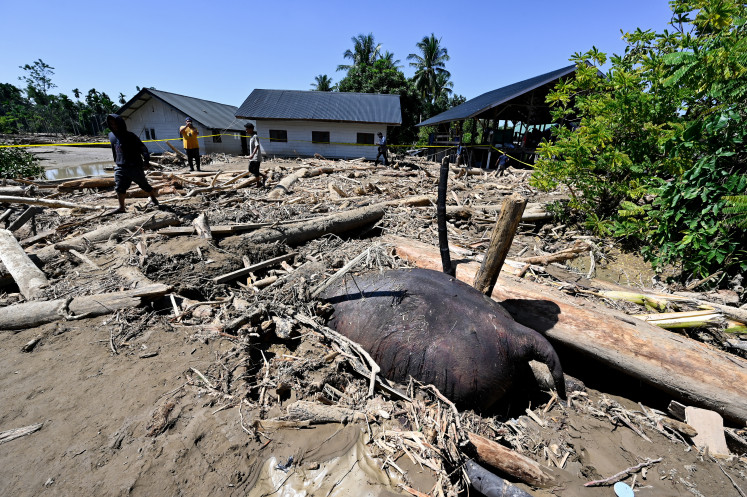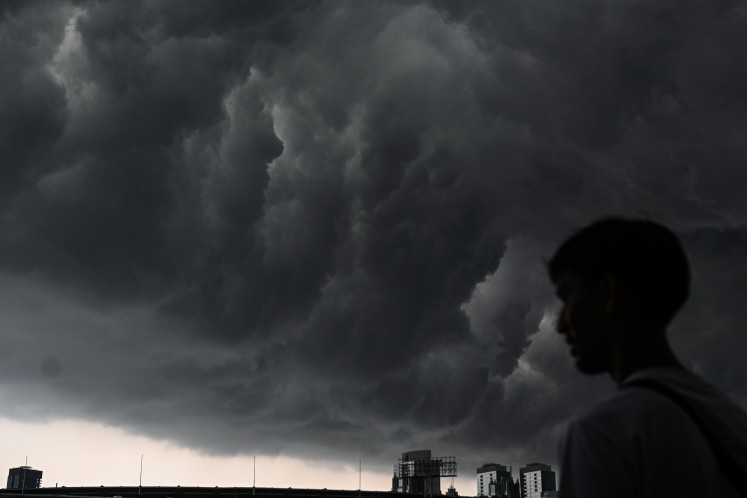Popular Reads
Top Results
Can't find what you're looking for?
View all search resultsPopular Reads
Top Results
Can't find what you're looking for?
View all search resultsPlastic 'has entered' Antarctic terrestrial food chain
Change text size
Gift Premium Articles
to Anyone
S
cientists have found bits of polystyrene in the guts of tiny, soil-dwelling organisms in the Antarctic, raising concern that microplastics pollution has already "deeply" entered the world's most remote land-based food systems.
While the infiltration of microplastics throughout the oceans is well-known, researchers said their findings provided the first evidence of contamination in the Antarctic terrestrial food chain.
"Plastics have therefore entered even some of the most remote soil food webs on the planet, with potential risks for the whole biota and ecosystems," said authors of the study, published Wednesday in the journal Biology Letters.
They warned this could also be a new stressor for fragile polar ecosystems already facing threats from climate change.
Scientists focused on collembolan Cryptopygus antarcticus -- small organisms commonly known as springtails that can jump in a similar way to fleas, although they are not classed as insects.
They are among the few organisms adapted to survive in the harsh Antarctic conditions and are "often the dominant species" in the few areas of the region not covered by ice, the study said. They mainly eat micro-algae and lichens.
Researchers, led by scientists from Italy's University of Siena, collected the creatures from a chunk of polystyrene foam covered in a green layer of micro-algae, moss and lichens on King George Island in the South Shetland Islands.
Human activity in the area including scientific research stations, airport and military facilities, and tourism have acted to make it "one of the most contaminated regions of Antarctica".
By examining the collembola using an imaging technique with infrared and comparing the images to fragments of the polystyrene, the researchers "unequivocally" detected traces of the plastic in their guts.
The authors said they believed the creatures ate the plastic fragments while grazing on their usual food.
Read also: 'Punch in the gut' as scientists find micro plastic in Arctic ice
Plastic pollution 'ubiquitous'
Elisa Bergami of the University of Siena said the study showed that plastic pollution is "ubiquitous" and had reached even remote polar regions.
"Cryptopygus antarcticus has a key role in the simple Antarctic terrestrial food webs," she said.
"The implications of plastic ingestion by this species include the potential redistribution of microplastics through the soil profile and transfer to their common predators, the moss mites."
Bergami said contamination on land had drawn less attention than ocean pollution.
She called for more research into the potential toxicity of exposure to plastic, which is associated with pathogens, contaminants and antibiotic-resistance.
Researchers also raised concerns about styrofoam, because its porous structure could encourage the formation of moss and other growth, thereby attracting organisms.

